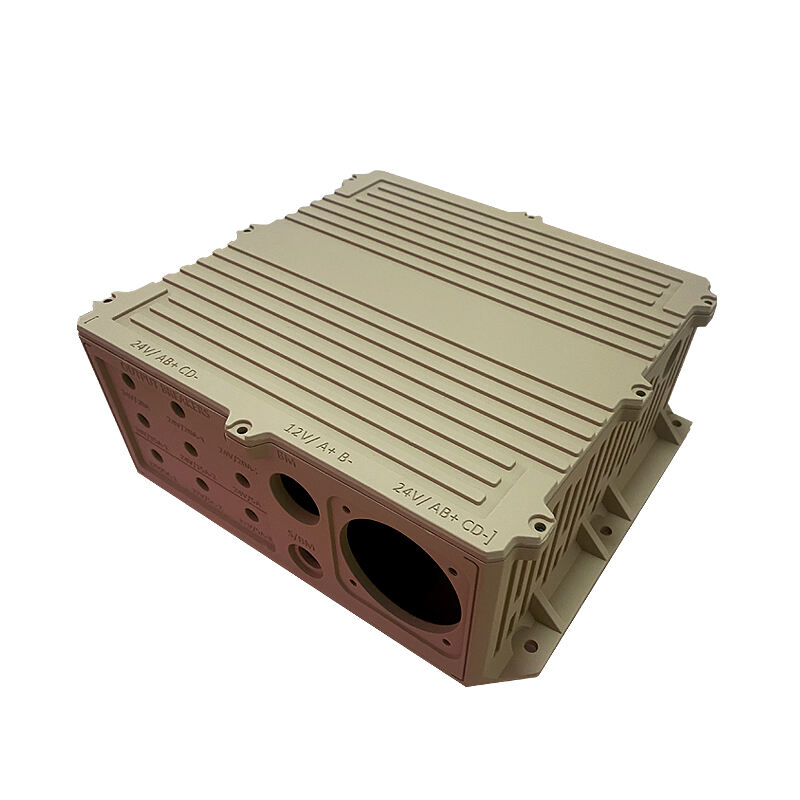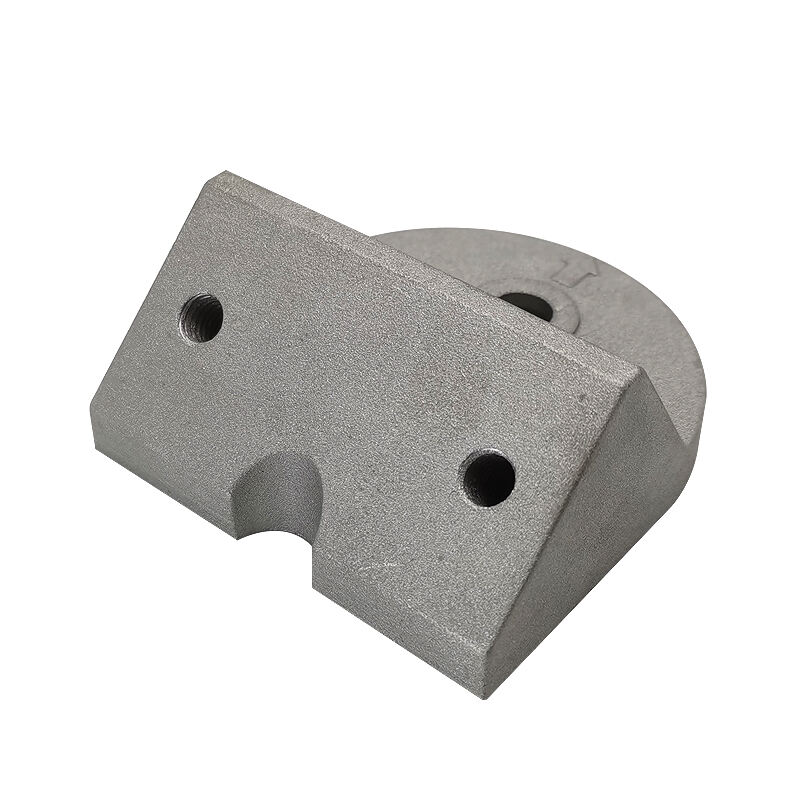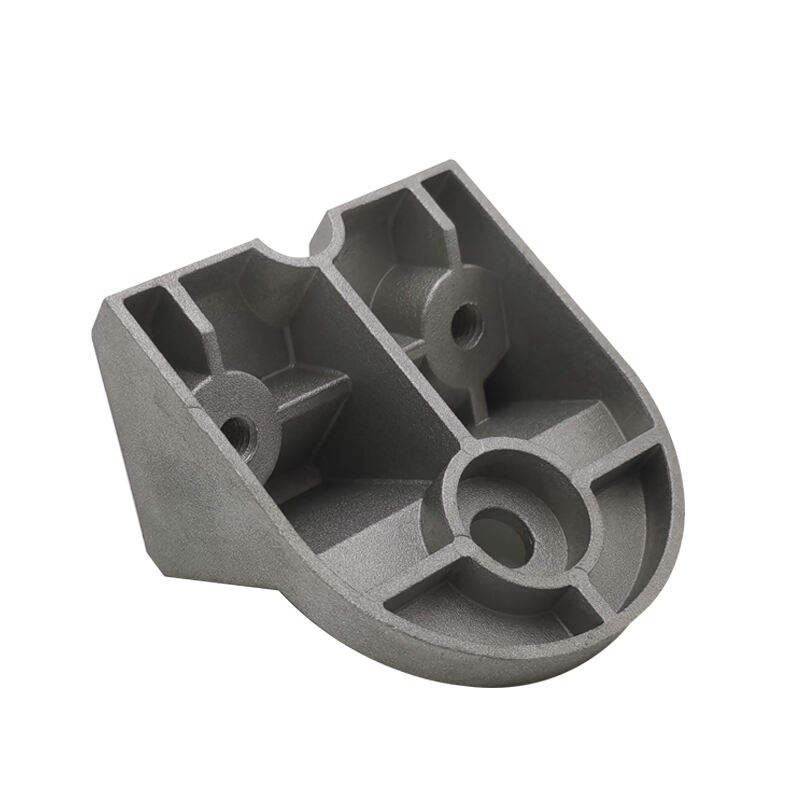die casting
Die casting is a sophisticated manufacturing process that revolutionizes metal component production through high-pressure injection of molten metal into reusable molds. This precise engineering method creates complex metal parts with exceptional dimensional accuracy and surface finish. The process begins with melting metal alloys, typically aluminum, zinc, magnesium, or copper, to specific temperatures. The molten metal is then forcefully injected into steel molds called dies at pressures ranging from 1,500 to 25,000 psi. These dies are engineered with intricate channels for proper metal flow and cooling systems to ensure optimal solidification. The high pressure ensures complete cavity filling, producing parts with fine details and tight tolerances. Once solidified, the part is automatically ejected, maintaining consistent quality across large production runs. Modern die casting operations incorporate advanced automation, real-time monitoring systems, and precise temperature control mechanisms to ensure repeatable quality. This manufacturing method serves industries ranging from automotive and aerospace to consumer electronics and medical devices, producing components that combine structural integrity with aesthetic appeal.


